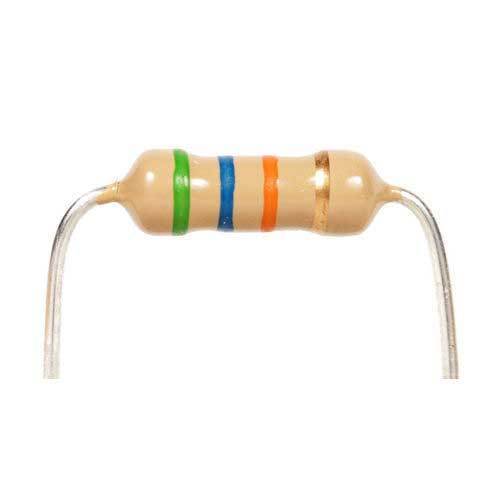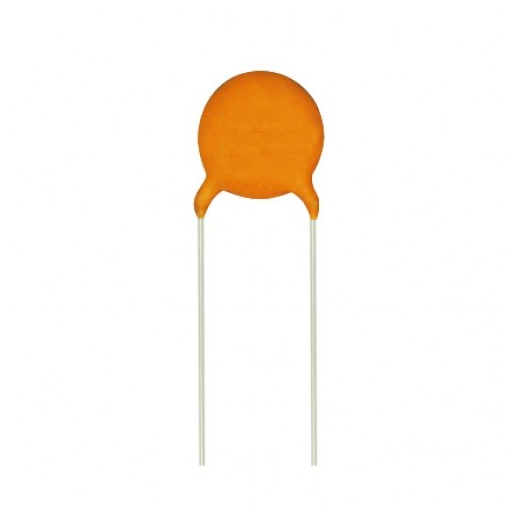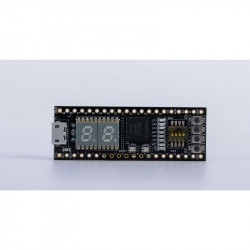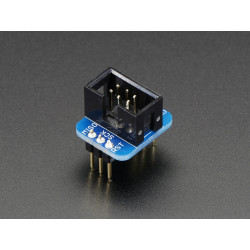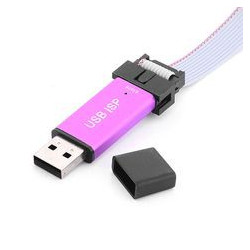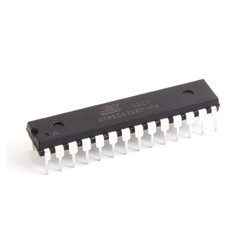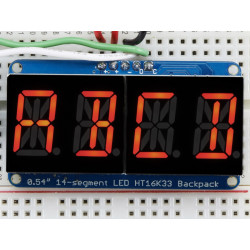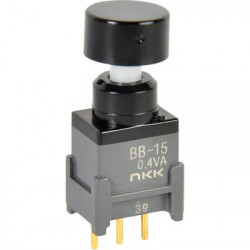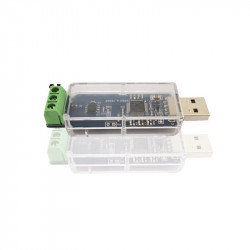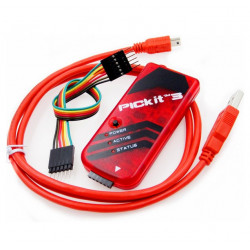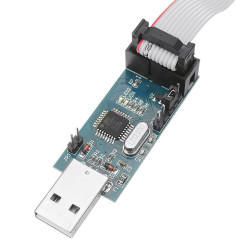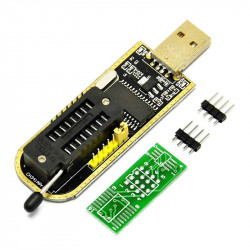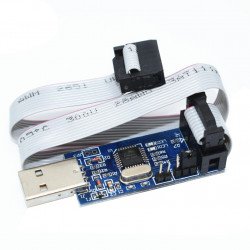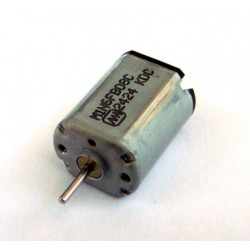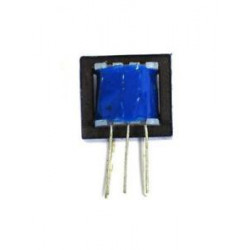Store address and hours
location_on 4131 Fraser St. Vancouver BC Get Directions
phone 604-875-1993 Call us
access_time Hours
| Monday - Friday | 9AM - 5:30PM |
| Saturday - Sunday & Holidays | Closed |
| See Holiday Hours | |

-
 close
close -
CATEGORIES
-
-
-
-
-
-
-
-
-
-
-
-
-
Featured Items
-
-
-
-
-
-
-
More mirco-controllers
-
More Developement Tools
-
-
More Prototyping
-
More Modules
-
-
Featured Items
-
More prototyping Tools
-
-
-
-
-
-
-
-
Featured Item
-
-
-
-
-
-
-
Featured Items
-
-
-
-
-
-
-
-
-
-
Featured Items
-
-
-
-
-
-
-
-
-
-
-
Featured Items
-
-
-
-
-
-
-
-
-
Featured Items
-
-
-
-
-
-
Popular Cleaners
-
-
-
Featured Items
-
-
-
-
-
-
-
Featured Items
-
-
-
-
-
Featured Items
-
-
-
-
Featured Products
-
-
-
-
-
more motor
-
-
more power supplies
-
-
Featured Items
-
-
-
more electrical devices
-
-
-
-
-
-
-
Featured Items
-
-
-
-
-
-
BRANDS
-
- PROJECTS
-
COMMUNITY
-
-
-
FEATURED POSTS
-
-
-
- SALE
POLOLU USB AVR PROGRAMMER V2.1
Description
Overview
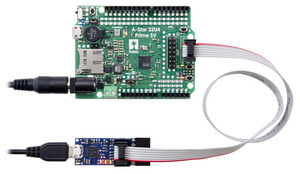 |
|
The Pololu USB AVR Programmer v2 (bottom) connected to an A-Star 32U4 Prime SV for programming. |
|---|
The Pololu USB AVR Programmer v2 is a compact, low-cost in-system programmer (ISP) for Atmel’s AVR microcontrollers. The programmer provides an interface for transferring a compiled AVR program from your computer to the target AVR’s non-volatile memory, allowing it to run the program. It is a good solution for programming AVR-based controllers like our Orangutan robot controllers, and it can also be used to update, replace, or remove the bootloader on Arduino boards and our Arduino-compatible A-Star 32U4 controllers. This programmer is designed to work well with both 3.3 V and 5 V devices, and it can even be configured to provide power to the target device in low-power systems.
The programmer connects to your computer’s USB port via a standard USB A to Micro-B cable (not included) and communicates with your programming software, such as Atmel Studio, AVRDUDE, or Arduino, through a virtual COM port using the STK500 protocol. The programmer connects to your target device via an included 6-pin ISP programming cable (the older, 10-pin ISP connections are not directly supported, but it’s easy to create or purchase a 6-pin-to-10-pin ISP adapter). The programmer also acts as a USB-to-TTL serial adapter, providing a TTL-level serial port that can be used to communicate with other serial devices from your computer. It ships fully assembled with connectors soldered in as shown.
This product requires a USB A to Micro-B cable to connect to a computer.
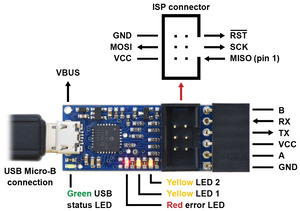 |
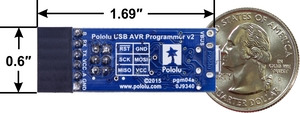 |
Features and specifications
- Connects to a computer through USB via a USB A to Micro-B cable (not included)
- Emulates an STK500 programmer through virtual COM port interface
- Works with standard AVR programming software, including Atmel Studio, AVRDUDE, and the Arduino IDE
- Configuration software available for Windows, Mac OS X, and Linux
- Supports both 3.3 V and 5 V devices; can automatically switch operating voltage based on detected target VCC
- Can optionally power the target at 3.3 V or 5 V in low-power systems
- USB-to-TTL serial adapter functionality for general-purpose serial communication
- Provides a 100 kHz clock output, which can be useful for reviving misconfigured AVRs
- All I/O pins are protected with 470 Ω resistors
- 6-pin ISP cable and a 1×6 double-sided male header included
- Comprehensive user’s guide
Supported AVR microcontrollers
The programmer should work with all AVRs that can be programmed with the AVR ISP (in-system programming) interface, which is also known as in-circuit serial programming (ICSP), serial programming, or serial downloading, but it has not been tested with all devices. We expect it to work with most AVRs in the megaAVR (ATmega) family, and it works with some members of the tinyAVR (ATtiny) family, but it does not support the Tiny Programming Interface (TPI), and it does not work with the XMEGA family or with 32-bit AVRs. The programmer features upgradable firmware, allowing updates for future devices.
The programmer is designed for use with AVR microcontrollers running at either 3.3 V or 5 V. By default, the programmer expects the target to be self-powered, but it can be configured to deliver power to the target device in low-power systems.
Supported operating systems
We support using the Pololu USB AVR Programmer v2 and its configuration software on desktop versions of Windows (Vista, 7, 8, and 10), Linux, and Mac OS X 10.11 or later. Older versions of Windows are not supported.
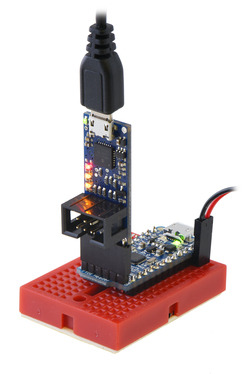 |
|
The Pololu USB AVR Programmer v2 (top) connected to an Adafruit Pro Trinket for programming. |
|---|
Bonus feature: TTL-level serial port
This programmer doubles as a USB-to-serial adapter. The programmer installs as two virtual COM ports: one for communicating with programming software and one for general-purpose serial communications. This means that you can seamlessly switch between programming an AVR and debugging it through the TTL serial port without having to open and close your terminal program. In addition to the serial transmit (TX) and receive (RX) lines, the programmer lets you use A and B as serial handshaking lines that can be configured using our software.
The six pins on the serial header (GND, A, VCC, TX, RX, and B) are arranged to be similar to the pinout of commonly-available FTDI USB-to-serial cables and breakout boards. In the default configuration, pin B is used as the DTR output (and pin A is an unused input), which allows you to plug the programmer directly into a variety of Arduino-compatible boards and use it to upload programs to the board via a serial bootloader.
Included accessories
The Pololu USB AVR Programmer v2 ships fully assembled with ISP and serial connectors soldered in, and it includes the accessories shown in the picture below. The 6-pin ISP cable can be used to program AVRs. The 1×6 double-sided male header can be plugged into the serial header to effectively reverse its gender (making it possible to connect that header to a breadboard or female jumper wires).
 |
|
Pololu USB AVR Programmer v2 with included hardware. |
|---|
 |
|
From left to right: the original Orangutan USB Programmer, the Pololu USB AVR Programmer, and the Pololu USB AVR Programmer v2. |
|---|
Comparison to the older Pololu USB AVR Programmer
The Pololu USB AVR Programmer v2 is an updated version of our Pololu USB AVR Programmer (product #1300). It features a number of improvements compared to the original:
- Support for devices operating at 3.3 V (in addition to 5 V)
- VCC pin can be configured to provide 3.3 V or 5 V power to target in low-power systems
- Protection resistors on all I/O lines
- More accurate emulation of the ISP frequencies provided by the STK500; you can use the user interfaces of Atmel Studio and AVRDUDE to set your ISP frequency more easily
- Usability enhancements for serial interface, such as a more standard pin arrangement (similar to FTDI) and a pre-populated female header
Frequently bought together
Related products
Your recently viewed products
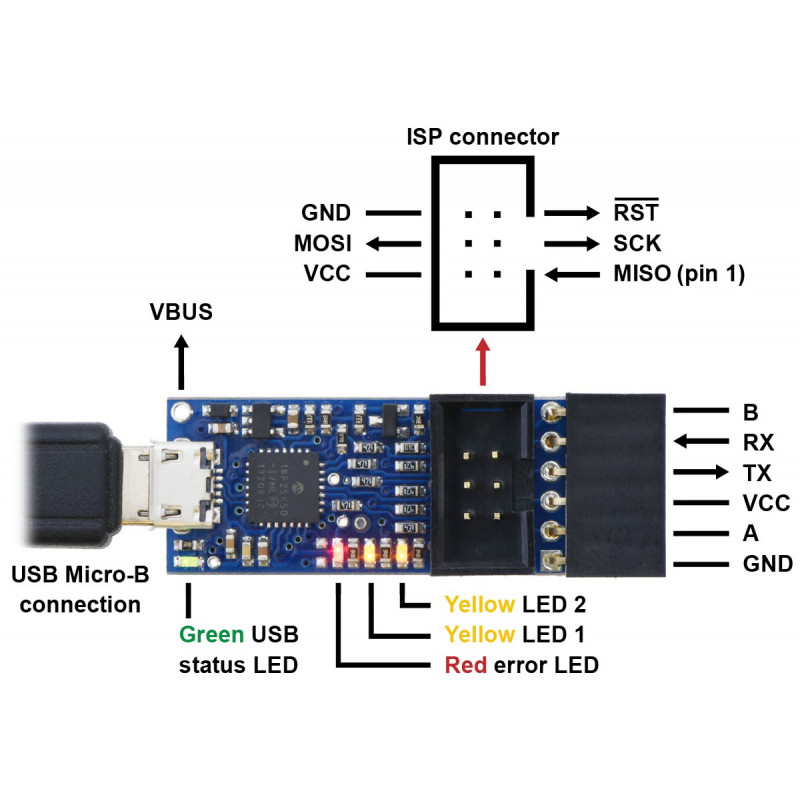































































































.png)
